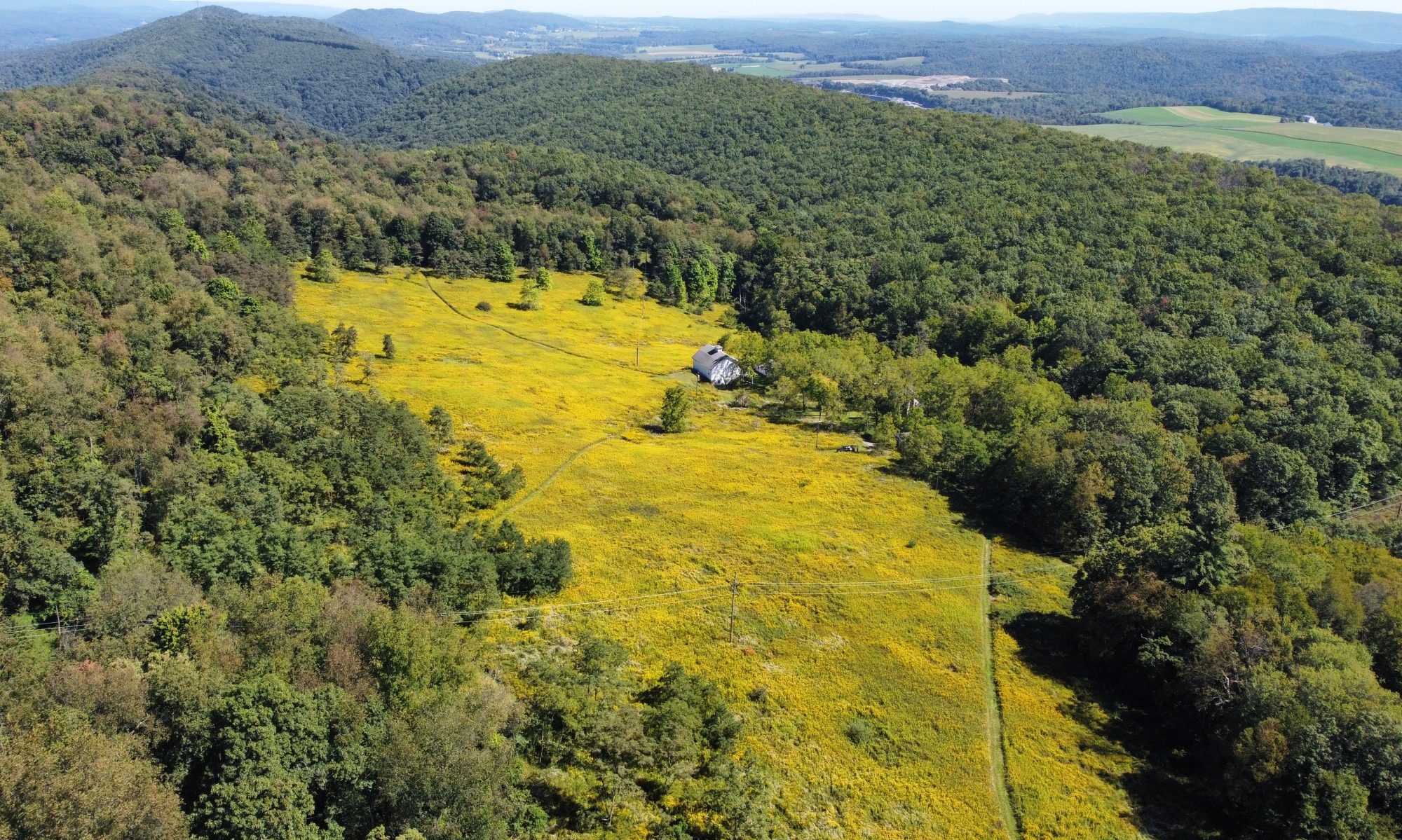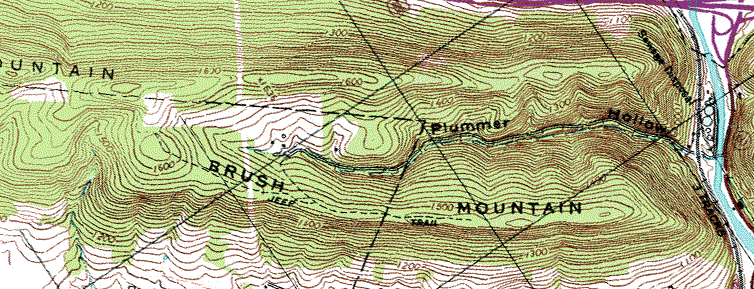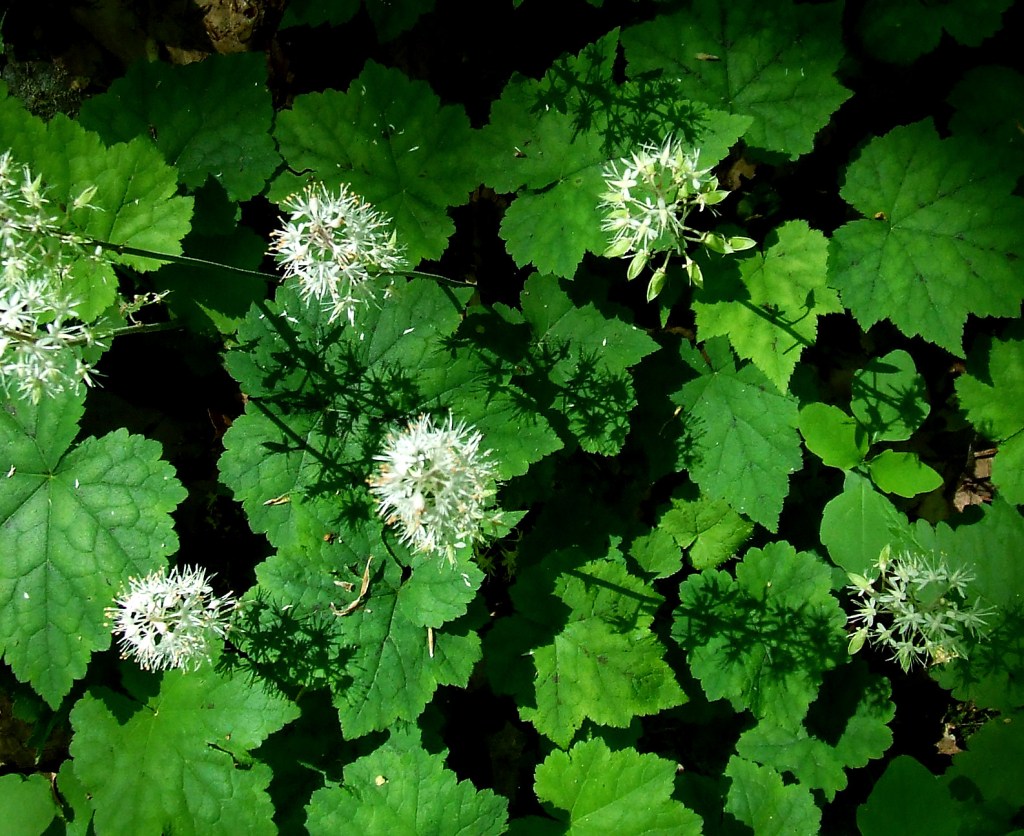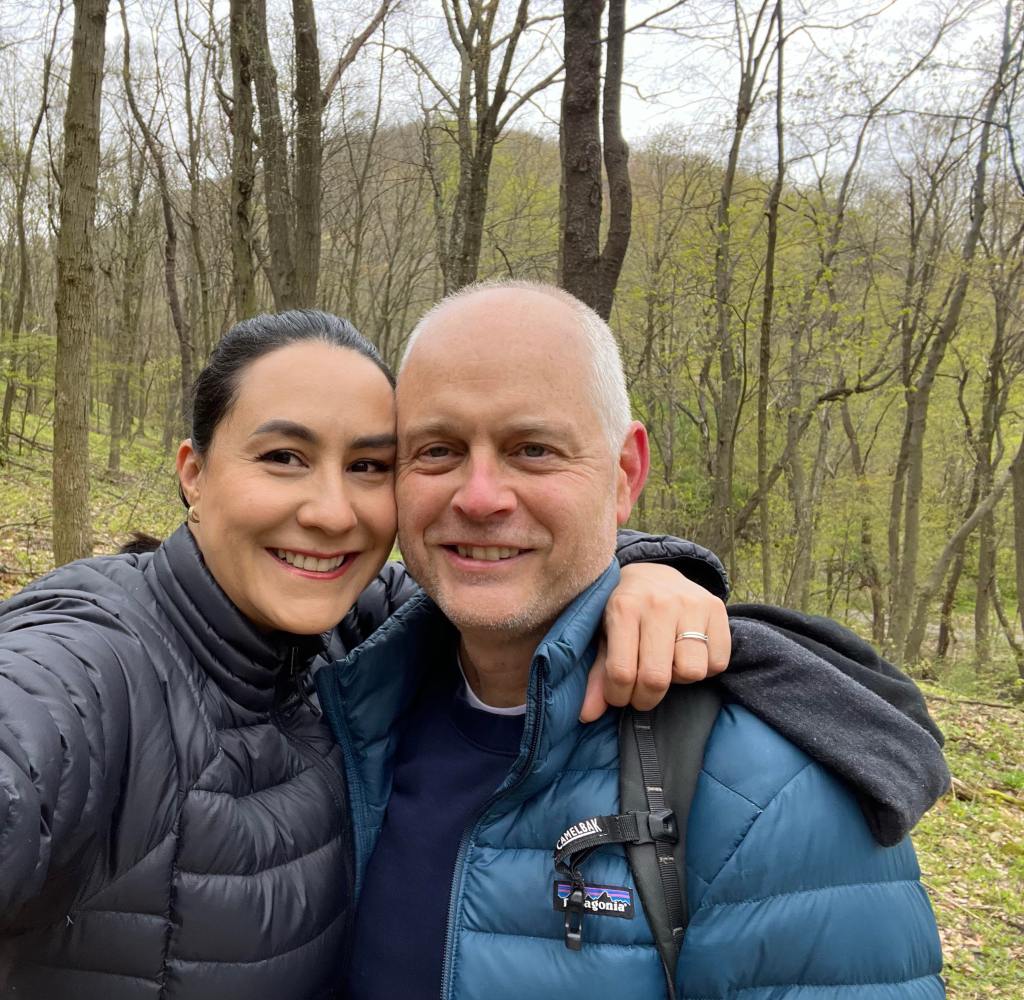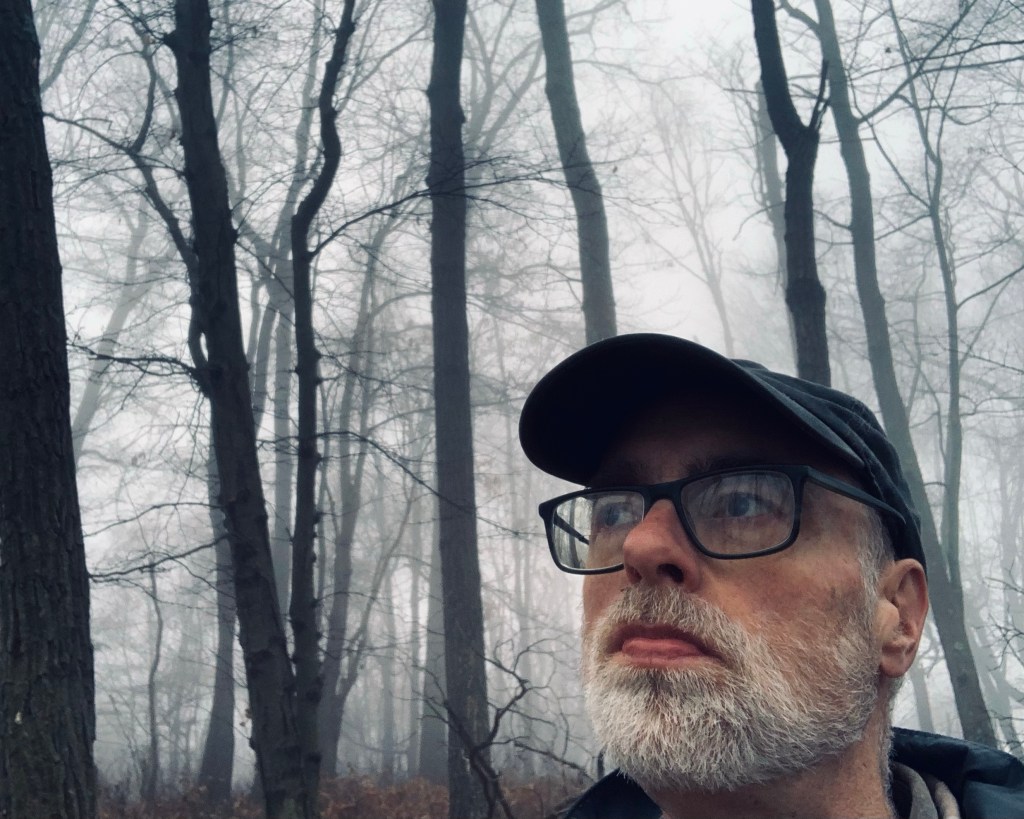The Plummer’s Hollow Private Nature Reserve is a 648-acre, mostly wooded property on the northern end of Brush Mountain — part of the Bald Eagle ridge system — near Tyrone, in central Pennsylvania, USA. This is the westernmost ridge in the ridge-and-valley Appalachians, and a major migration corridor for hawks, golden eagles, other birds, bats, and migratory insects such as monarch butterflies and green darners. Plummer’s Hollow Run drains into the Little Juniata River, part of the Susquehanna River watershed. Though geologically speaking we are in the central Appalachians, Plummer’s Hollow is at the northern tip of the cultural region known as Appalachia, and near the northern end of the highly biodiverse ecoregion known as the Appalachian-Blue Ridge forests. The entrance to Plummer’s Hollow is located at 40.665 latitude, -78.23028 longitude.
This property is private, but Plummer’s Hollow Road is open as a trail for hiking, walking, photography, and bird watching; we hope visitors will appreciate the natural beauty of the hollow as much as we do. Birders are encouraged to record their findings on eBird, as checklists for the Plummer’s Hollow hotspot.
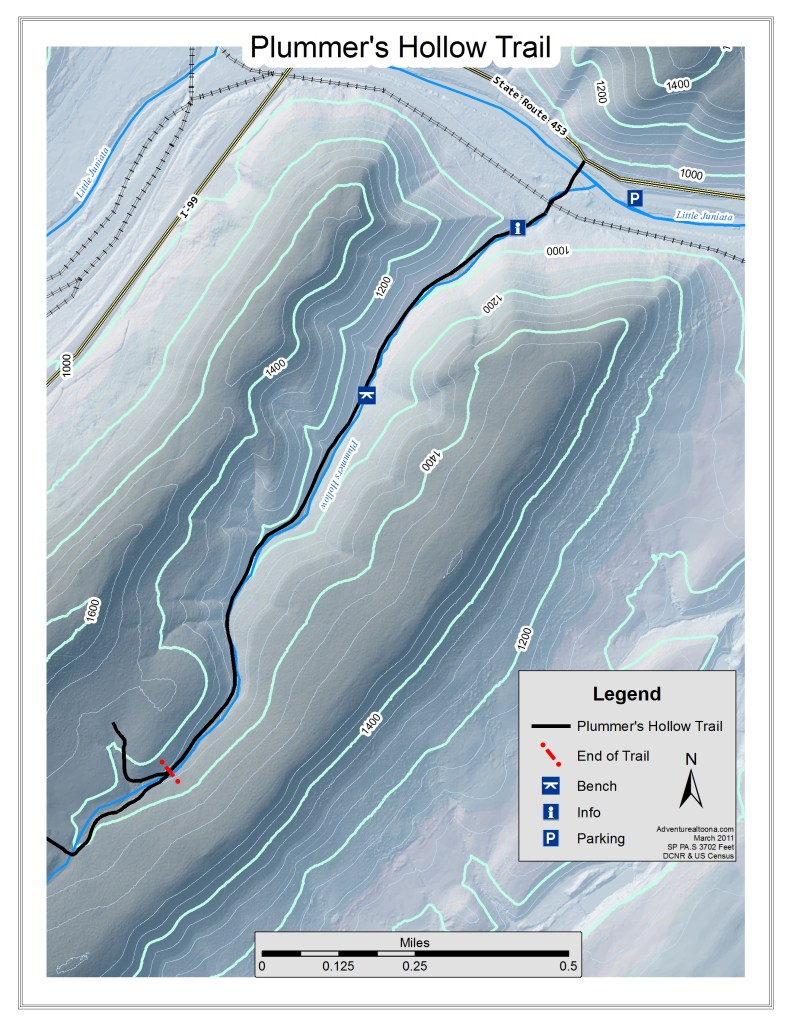
Although some Appalachian hollows are purely notional, this one is literally a hollow in a mountain where the two flanking ridges nearly touch at the bottom. This blocks a lot of noise from traffic through the gap, especially when the leaves are out. First-time visitors sometimes say that they feel as if they’re entering another world.
No wheeled vehicles, including bicycles, are permitted on this property without our permission.
Please move off to the stream side of the road if a vehicle approaches.
Littering completely destroys the natural beauty of the hollow. If you see a bit of litter discarded by a thoughtless person who was here before you, PLEASE pick it up and take it with you.
Please respect all wildlife and plants in the hollow, and do not disturb anything.
Please respect the privacy of our homes at the top of the hollow. Except for our friends and relatives, whose visits we welcome, we hope others will turn back at the fork in the road about a mile and a quarter up the hollow.
This property is open for hunting by written permission only.
Trapping, shooting, and building fires are not permitted.
Please do not forage for edible/medicinal plants or fungi, dig for old bottles, etc., without permission.
During the fall hunting seasons, October through January, visitors to the hollow should wear at least some blaze orange for safety.
Visitors can park along the township road below the railroad tracks, or along Route 453, and should exercise caution when crossing the tracks — trains are supposed to signal the crossing, but sometimes the engineers forget. After dark, the township road may harbor unsavory characters, but to date, only one body has turned up in the river. So it’s relatively safe, we believe.
